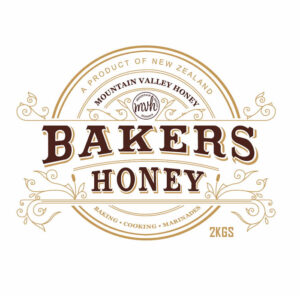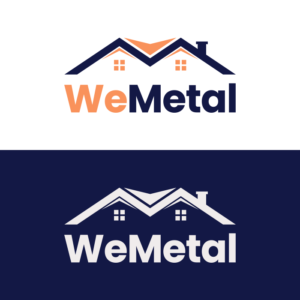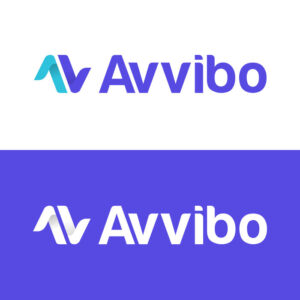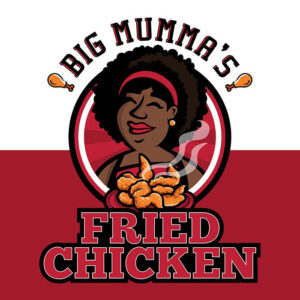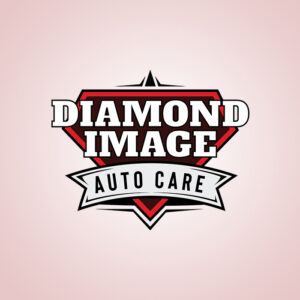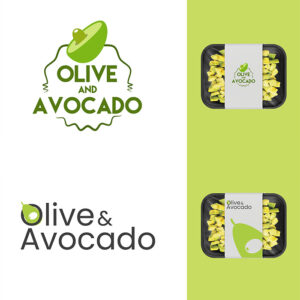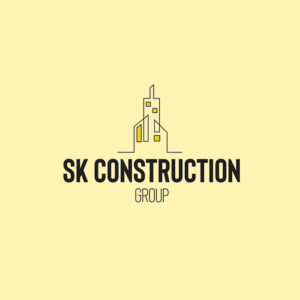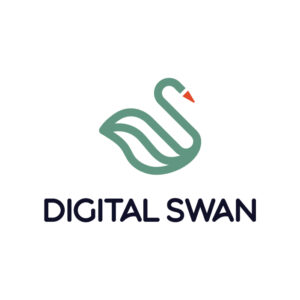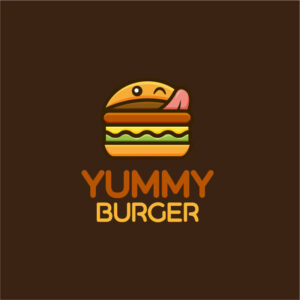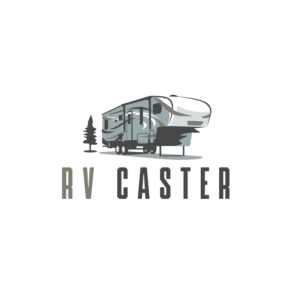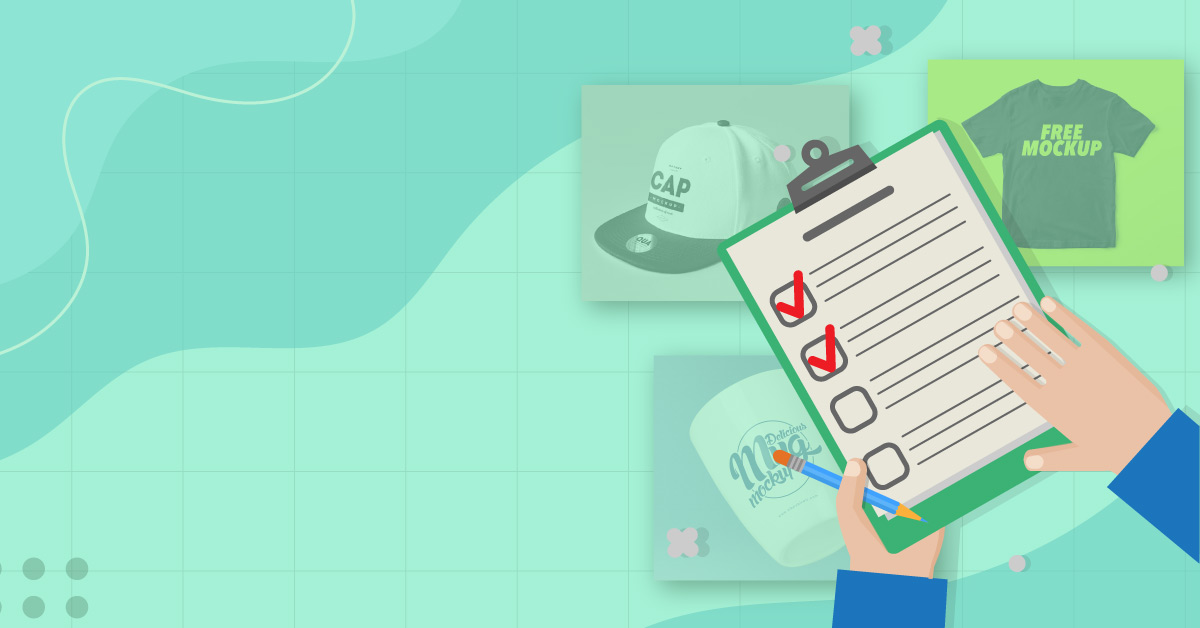
The logo design process is both a thrilling and nerve-wracking undertaking. One wrong design element and your logo and brand are bound to fail. That’s why it is advisable to have a checklist logo design before hiring the experts. Here’s a compilation of 15 things you must consider for your logo design.
1. Brand evaluation
You want your logo to embody your brand in the best light. A company logo is an extension of a brand, its values, personality, principles, vision, and mission. That said, ensure that the logo conveys the right message. Otherwise, it can easily turn off customers or prospects.
When collaborating with designers about the design brief, you may not be articulate enough to precisely tell them what you want. That’s why evaluating your brand is the first step in this checklist logo design article. So, asking yourself these questions might help:
- Jot down three descriptions of your brand.
- How do your friends or customers describe your brand?
- How can you describe your brand if it were a human?
- What type of brand voice do you have?
- What are your brand values?
- How do you want people to perceive your brand?
- What is your brand’s vision and mission statement?
- How do you want your logo to impact people in terms of emotions?
- What product do you offer?
- What problems are you trying to solve?
2. Target audience research
It’s critical to create a logo that resonates with your target audience. Having a logo that connects with your audience emotionally and mentally will spell success for the logo design process.
Designing a logo should depict your brand personality and values that must align with your customers. The logo must be relevant, significant, and applicable to your target audience.
For example, you wouldn’t want to use cartoon symbols or display fonts for a financial brand. A financial brand deals with money, and using these design elements doesn’t help with credibility. Try asking these questions when creating your checklist logo design:
- What is your target audience’s demographic?
- Where are they located?
- What are their hobbies?
- What is their lifestyle?
- How do they get information about similar products?
- How do they think?
- What are their pain points?
- How do you communicate with your audience?
- How does your product help resolve their pain points?
- Who are your main competitors?
- How do your customers find out about products or services?
3. Market research
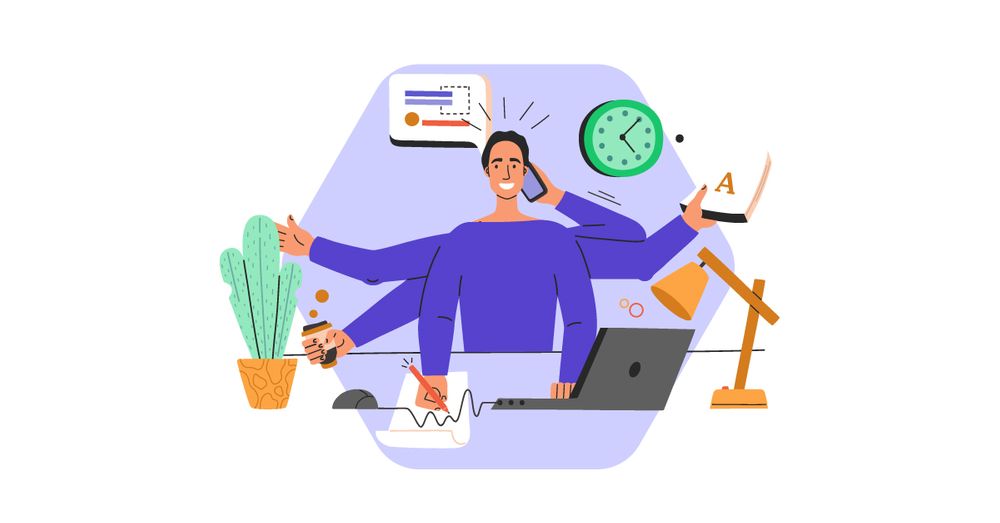
Researching the market and industry will help you in creating a timeless logo that goes beyond trends. While it’s fantastic to integrate logo design trends into your logo, these might go out of style.
If you can make your logo stand the test of time while keeping up with the trends, all is well and good. Ask these questions when doing market or industry research:
- How significant is the potential market?
- What is the future of your industry?
- Who are your top competitors?
- What are similar products or services already out there?
- How is your brand doing when pitted against competitors?
4. Brainstorming for ideas
Designing a logo from scratch is a challenge. Both designers and business owners need to take into account several factors to craft a memorable logo. And the next step in the checklist logo design process is brainstorming ideas.
The first step is to determine what type of logo you want. Here are five main types:
- Symbols or icons – Logos that only feature simple shapes that are easily recognizable (Ex: Nike)
- Wordmarks – Logos with stylized typefaces that make up a word (Ex: Coca-Cola)
- Lettermarks – Logos that feature initials or abbreviations (Ex. HBO)
- Emblems – Logos that have fonts inside a badge or symbol reminiscent of a patch (Ex. Starbucks)
- Combination marks – This is a combination of both text and symbols that’s more prominent (Ex. Burger King)
Once you know what type of logo you want, ask yourself these questions:
- What font best represents your brand?
- What colors best represent your brand?
- Would you like a tagline included in your logo?
- What is the wording you want?
- Are there icons or symbols that best represent your brand?
- What layout or structure do you prefer?
5. Colors
Choosing the right colors is imperative in logo design. Not only should colors be relevant to your brand, but they should invoke the right emotions within your audience. When you impart feelings and emotions in favor of your brand, people take action as expected.
Consider color psychology when creating your logo because each color depicts a significance relevant to your brand. Here’s a rundown:
- Red – Life, vitality, energy, passion
- Black – Elegance, intelligence, power, authority
- White – Cleanliness, purity
- Brown – Stability, reliability, friendship
- Green – Growth, harmony, support
- Yellow – Happiness, creativity, optimism
- Blue – Calm, wisdom, dependability
- Orange – Happiness, innovation, ambition
Also, ask yourself these questions when choosing colors for your logo:
- What do you want to convey with your logo?
- How do you want people to feel when they look at your logo?
- What emotions do you want to impart?
- Is your logo relevant to your brand?
- Can the color be combined with other relevant colors?
- Where are your clients based? (Some colors might be relevant in some cultures)
6. Typography
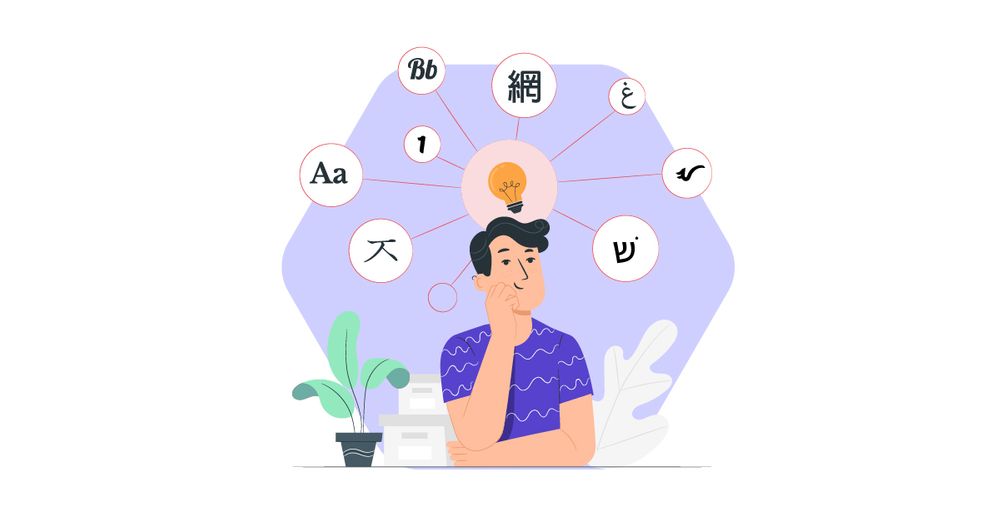
Choosing the typography is as important as choosing colors for your logo. Never ignore selecting the right font or typeface in your checklist logo design process. Remember one thing when choosing the best font for logos: It must be readable and legible.
Also, make sure that your font style conveys your brand identity. Here are the most common types:
- Serif – Classic, traditional, conservative
- Sans-serif – Minimal, modern, simple, clean
- Script – Elegant, ornate, feminine
- Slab serif – Masculine, rustic, vintage
- Handwritten – Custom, approachable, casual
- Display – Unique, funky, unusual, novelty
Try to pick fonts from a similar font family to create design cohesion. Also, try to stick to two to three font combinations to avoid design complications. Here are some questions you can ask:
- Does this font have a variety of weights and styles?
- What is the font communication visually?
- Can this font be kerned out?
- Can this font be combined with other font styles?
- Is the text readable from a distance?
7. Icons
The next logo design element you need to consider is icons. If you’re a new brand, including icons might help in visually communicating your product or service. However, icons aren’t necessary for all logos. But if you do decide to include icons, here are some questions to guide you:
- What type of icons do you want: Abstract, pictorial, crests and emblems, or custom icons?
- What icon best represents your brand identity?
- Is the icon recognizable?
- Can the icon stand alone without the text?
- Is the icon relevant?
- Does the icon associate with your brand story or history?
- Is the icon simple?
8. Composition
Ensuring that your logo features a symmetrical or balanced appearance will make it more appealing. Make sure that the design elements are equal on both vertical and horizontal planes. When creating the right balance, here are some questions to help you:
- Are both sides from the center of the image weighted equally?
- Does the overall composition create visual interest?
- Are the logo design elements of the same size?
- Does the symmetrical logo exude a more trusting message?
9. Uniqueness

One way to stand out from the crowd is to don a unique logo, which is vital in this checklist logo design article. A unique logo must mean it speaks solely of your brand. And when you put it into the Google Image Search, a unique logo means there are no other images like it.
Try to think outside the box and never be afraid to take risks when gathering ideas for a logo. Go for an abstract symbol instead of a literal one. But make sure it’s meaningful and relevant as well. Try to ask these questions:
- Can you think about other brands when you look at the logo the first time?
- What pops up in your mind the moment you look at your logo?
- Does the logo fit your brand?
- Does it have similarities with other company logos?
10. Negative space
Integrating white space or negative space in your logo helps keep viewers drawn to the overall aesthetics of the logo. White space refers to the empty space between design components.
Negative space helps create a “breathing room” in your design, primarily if too many design elements compete for attention. It’s good to let the viewers’ eyes rest and focus on the design as a whole. Moreover, negative space provides the much-needed framing without the frames (if you know what I mean).
Here are some questions to ask when considering negative space on logos:
- Does it support the logo’s scannability?
- Does it enhance visual hierarchy?
- Can you perceive the design elements naturally and visibly without the borders or arrows that emphasize them?
- Does it reduce distractions?
- Does it reduce the level of distraction?
- Is the logo clean and uncluttered?
- Does the negative space add elegance and style to the logo?
11. Simplicity
Less is more applies in logo design. Avoid a cluttered logo that confuses your viewers. Keep logo design elements to a minimum and achieve a visually appealing logo that speaks your brand identity.
If you look at the most popular brands with timeless logos out there, you’ll notice they have one common denominator: Simplicity. Think Nike, Apple, McDonald’s, and Facebook. These logos are easily recognizable and don’t have too many design components competing for attention.
To check if your logo is simple, here are a few questions to ask:
- Is the logo recognizable?
- Is it memorable?
- Can you decipher the meaning of the icon or typography?
- Does the logo give you a hint of what the brand offers?
- Does the logo represent the brand precisely?
- Is the logo scalable?
- Is the logo versatile on different mediums?
- Does the logo look fantastic in black and white?
12. Design hierarchy

Hierarchy in design is essential, so viewers take in all crucial visual information of your logo first. Hierarchy is a necessary component in logo design to command attention and compel viewers to act or make decisions.
Typically, designers emphasize the most important visual cues by placing them on top or front and center. Then the less significant elements follow. Here are a few questions to ask when considering logo design hierarchy:
- Does the logo design follow reading patterns?
- Does it have good size and balance?
- Is the font combination establishing visual structure?
- Do viewers’ eyes lead to the most prominent visual information first?
- Does the logo have space and texture?
- Does the color make some design elements pop out?
13. Sketching
Sketching is another essential step in this checklist logo design process. Don’t underestimate the power of visual brain dump whenever you’re feeling most creative at times. There have been a lot of ideas born out of the concepts drawn on paper. So, set a day to doodle any ideas that pop into your head. You may even bring a pen and paper always with you, so no creative idea gets thrown out the window.
Try to ask yourself these questions when you’re sketching logos:
- Is objectivity a basis for your sketch ideas?
- Are the logo concepts relevant to the brand identity?
- Are you exploring a lot of logo ideas by sketching?
- Do you ensure diversification when sketching logo ideas?
Although sketching is one of the initial steps designers do, you can sketch your ideas to help make your design brief clear. Remember, it doesn’t have to be pretty and perfect. Sketches are meant to be rough, dirty, and fast.
14. Revisions
Total collaboration between the client and designer is of the essence. A concise and thorough design brief will make or break the first few drafts of the logo. That said, make sure to communicate what you want precisely to your designer.
You have to admit that the first drafts might not be what you anticipated. And that’s why you need to check if your designers offer revisions. Some design services may charge extra for revisions. However, on-demand graphic design services offer unlimited revisions for free.
When submitting revisions, here are a few questions to ask yourself before handing revision notes to your designer:
- What design elements don’t you like?
- What can designers improve?
- Is the color, typography, icon, or shape off?
- What design inspiration can you give to help designers in the revision process?
- Are your revision notes clear?
Finally, the most important question for your designer is: How long do revisions take? On-demand graphic design services have a relatively faster revision turnaround, which is within 24 hours.
15. Finalization and file download
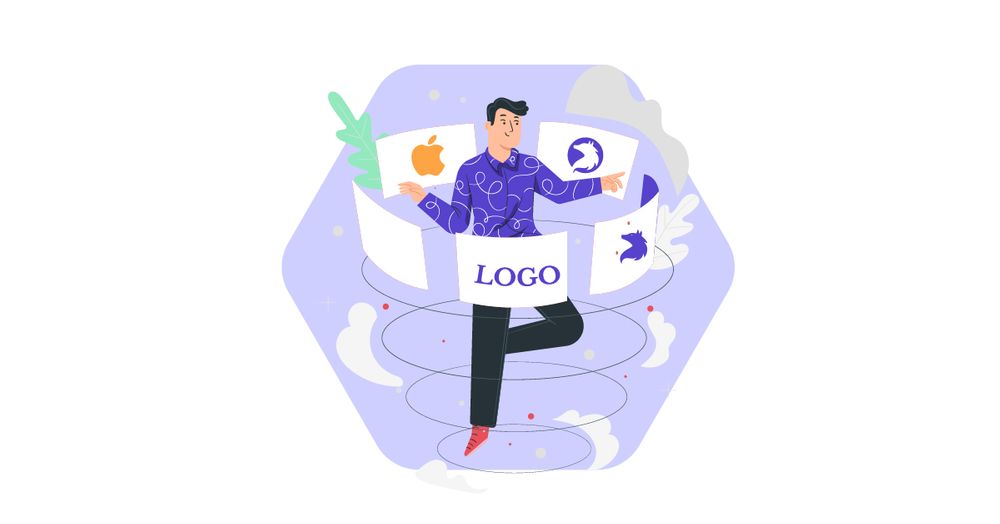
The last step in this checklist logo design article is the finalization of the logo. This is where you communicate with the designer on how and where you can download the logo. Take note that you also need to clarify a few things with the designer to prevent copyright infringement.
After all revisions and final draft submission, ask yourself these questions so you know how to deal with file downloads:
- What is the file format?
- Where and how can you download the file?
- Will you have full rights and licenses?
Conclusion
This ultimate logo design checklist should provide enough guidance for both the client and the designer. To ensure a positive and efficient work outcome, collaboration and communication are both keys to success. Think long and hard about all these 15 elements to craft a design brief that’s crystal clear. This way, the logo design process is seamless and uninterrupted.
Your next step now is finding the right graphic designers for your logo. And if you want affordability, speed, and quality all in one package, subscribe to Penji. It’s an on-demand graphic design service that offers you unlimited designs and revisions.
Moreover, Penji gives you access to an exclusive custom design platform. You can submit a design brief, and revision notes, upload images, communicate with designers, and download files on this platform. If you want to try out the service for 15 days, Penji offers a money-back guarantee. If you’re ready to sign up, fill out this form for a 15-percent discount.
However, if you need just one logo to promote your product or service, we offer one-off designs too! Check our new Marketplace here.

